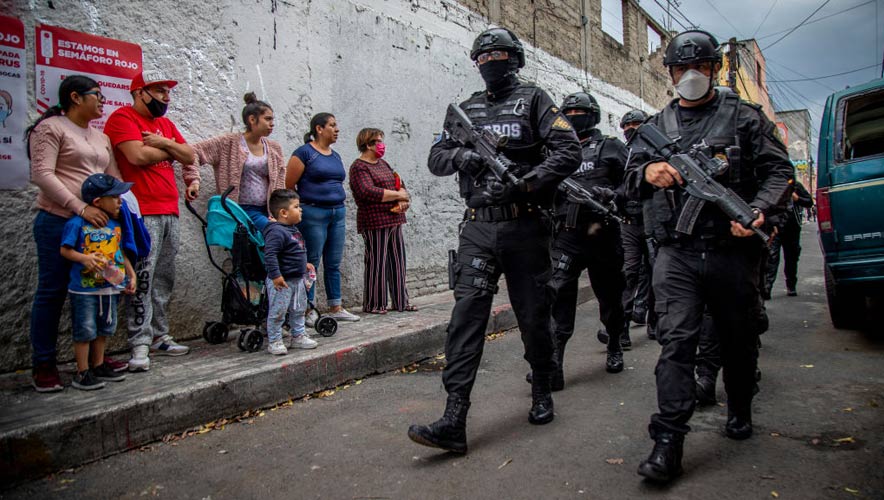Extreme Violence in Mexico Continues to Increase
A new study underscores the continued troubles Mexican authorities have in containing the violence of its drug cartels and associated gangs. The organization Causa en Comun said the country’s news outlets report an average of 17 atrocities each day.
An atrocity is defined “as the intentional use of force to severely abuse, maim, kill, or provoke terror.” It’s important to note the study was not meant to be an accurate count of violent incidents in the country. The study counted 5,463 victims from 3,123 events in a total of 2,657 news articles through the first half of 2022. That is an 18 percent increase compared to the same time in 2021.
⚠️Además, las #atrocidades siguen acumulándose...
— Causa en Común (@causaencomun) September 2, 2022
Durante el primer semestre de 2022 se reportaron en medios al menos:
- 250 masacres
- 193 niños asesinados
- 410 mujeres asesinadas con crueldad extrema https://t.co/3HttsXJ0go pic.twitter.com/p3gWF19d3z
Of the gruesome details in the study, the organization counted 856 reports of torture (twice as many as the year before) and 410 murders of women by means of “extreme cruelty,” an 87 percent increase. Violence by criminal gangs against authorities or crowds of people jumped from 25 to 214. While the escalating violence permeates throughout the entire country, growth in the Pacific coastal state of Baja California, Mexico, has been the most extreme.
“This work points to an accumulation of stories that present a mosaic of pain and cruelty, hidden behind crime statistics,” the organization said in a statement.
“The purpose of our study is to rescue our capacity to be moved by the accumulation of horrors.”
Security Management has covered safety and security issues in Mexico extensively, most recently with a look at cartel activity spilling over into tourist areas and a travel tips article. Previous coverage included an article in March covering several mass violence incidents, a description of gangs expanding the use of improvised explosive devices, and a report on a vigilante group convening a show of force.
Most of the violence is driven by drug cartels who produce fentanyl, methamphetamine, and heroin—and transport cocaine from further south—and smuggle it to a robust U.S. customer base. Mexico has implemented many security force overhauls over the years, but has been unable to gain an upper hand against the cartels.
Most recently, Mexican President Andres Manual Lopez Obrador wanted to make changes to the country’s National Guard. Obrador established the force in 2019 to augment and in some cases replace Mexico’s federal police, which he said were hopelessly corrupt and ineffective. Mexico gave oversight of the force to federal civilian authorities.
Obrador now says placing the National Guard under the control of the military is necessary to combat the violence caused by the cartels and other organized crime because it can “benefit from the experience and resources of the armed forces.” Because he says he does not have enough votes to make the move by amending the constitution, Obrador instead says a bill requiring a simple majority can effectively do the same thing.
“Critics of his National Guard plan are concerned about the degree to which Lopez Obrador has empowered the Army, giving it responsibilities extending well beyond security matters, such as overseeing civil infrastructure projects and customs checks,” Reuters reported. “Lopez Obrador said if adversaries wanted to challenge the new bill, they could take it to the Supreme Court.”










